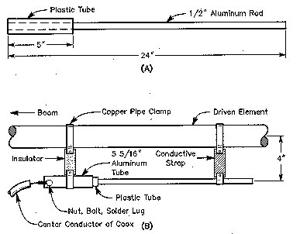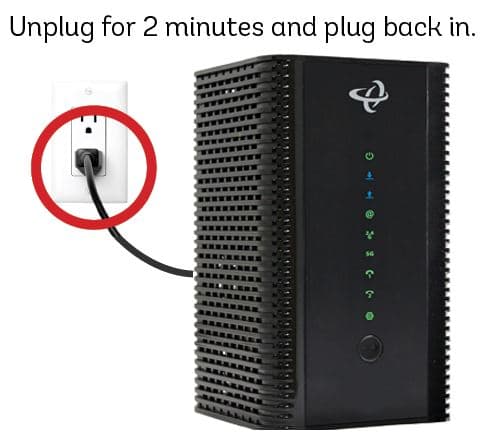In today’s interconnected world, coaxial cables play a crucial role in transmitting data and signals across various applications. Whether you’re a cable technician, network installer, or simply curious about the technology behind your cable TV, this comprehensive guide will demystify coaxial cables and their importance in modern communication systems.
Understanding Coaxial Cables: The Basics
Coaxial cables, often called “coax,” are specialized electrical cables designed to efficiently transmit high-frequency signals with minimal loss. Their unique structure, where the inner conductor and outer shielding share a geometric axis, gives them their name.
The Anatomy of a Coaxial Cable
A typical coaxial cable consists of four main components:
- Copper Conductor: A thin, central wire (solid or stranded) that carries the data signals.
- Dielectric Insulator: Surrounds the conductor, maintaining consistent spacing and preventing interference.
- Shielding: A layer of braided copper or aluminum foil that protects against electromagnetic and radio frequency interference.
- Outer Jacket: The final protective layer, usually made of PVC or PE, that guards against physical damage and moisture.
How Coaxial Cables Work
Coaxial cables transmit signals along the inner conductor while the outer shielding acts as a return path, completing the electrical circuit. The electromagnetic field generated by the signal remains confined within the dielectric insulator, minimizing signal leakage and interference.
Key advantages of this design:
- Efficient transmission over long distances
- Minimal signal attenuation
- Excellent shielding against external interference
Types of Coaxial Cables
Different types of coaxial cables are designed for specific applications and environments:
| Cable Type | Impedance | Primary Uses |
|---|---|---|
| RG-6 | 75 ohms | Cable TV, satellite installations |
| RG-11 | 75 ohms | Long-distance runs, high-end cable/satellite systems |
| RG-59 | 75 ohms | Short-run video applications, security cameras |
| RG-58 | 50 ohms | Ethernet networks, short-range video connections |
| RG-8 | 50 ohms | Amateur radio, commercial broadcasting |
Each type has unique characteristics, including conductor size, dielectric material, shielding, and jacket composition, making it suitable for specific applications.
Coaxial Cable Connectors
To connect coaxial cables to devices or other cables, various connectors are used:
- F-type: Most common for cable TV and satellite installations
- BNC (Bayonet Neill-Concelman): Used in video and radio frequency applications up to 4 GHz
- TNC (Threaded Neill-Concelman): For applications up to 12 GHz
- SMA (SubMiniature version A): Designed for microwave and wireless applications up to 18 GHz
- N-type: Suitable for high-power, low-loss applications up to 11 GHz
Choosing the right connector is crucial for optimal signal transmission and minimizing loss.
Applications of Coaxial Cables
Coaxial cables are versatile and widely used across various industries:
- Cable Television (CATV)
- Satellite Communications
- Internet Services
- Video Surveillance
- Broadcasting
- Aerospace and Defense
- Automotive
Advantages of Coaxial Cables
Coaxial cables offer several key benefits:
- High Bandwidth: Can carry signals over a wide frequency range
- Low Signal Loss: Minimizes attenuation over long distances
- EMI and RFI Resistance: Excellent shielding against interference
- Durability: Withstands harsh environments
- Ease of Installation: Relatively simple to terminate and install
Market Outlook
The global coaxial cable market is experiencing significant growth:
- Projected to reach $33.02 billion by 2031
- CAGR of 7.8% from 2024 to 2031
- Driven by increasing demand for high-speed internet and multimedia devices
Major companies like Belden Inc., CommScope, and Nexans are leading innovation in the industry.
Best Practices for Installation and Maintenance
To ensure optimal performance and longevity of coaxial cables:
- Avoid sharp bends or kinks in the cable
- Use appropriate connectors and termination techniques
- Protect cables from physical damage and moisture
- Regularly inspect for signs of wear or damage
- Maintain proper grounding to prevent signal interference
Conclusion
Coaxial cables remain a critical component in our communication infrastructure, enabling efficient transmission of high-frequency signals with minimal loss and interference. As technology evolves, these cables continue to adapt to meet increasing demands for high-speed data transmission and reliable signal delivery.
Whether you’re a seasoned professional or a curious learner, understanding the intricacies of coaxial cables enhances your knowledge of signal transmission and its crucial role in keeping our world connected.


![[Windows 8] How to share Internet connection with your phone, tablet, other computers, and other dev](https://www.800908.com/wp-content/uploads/2021/10/1224-6.png)

